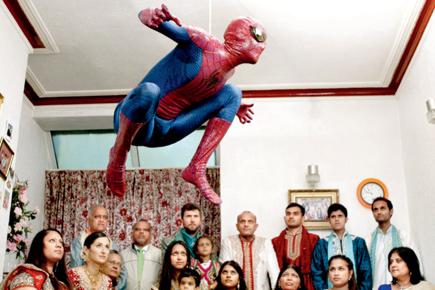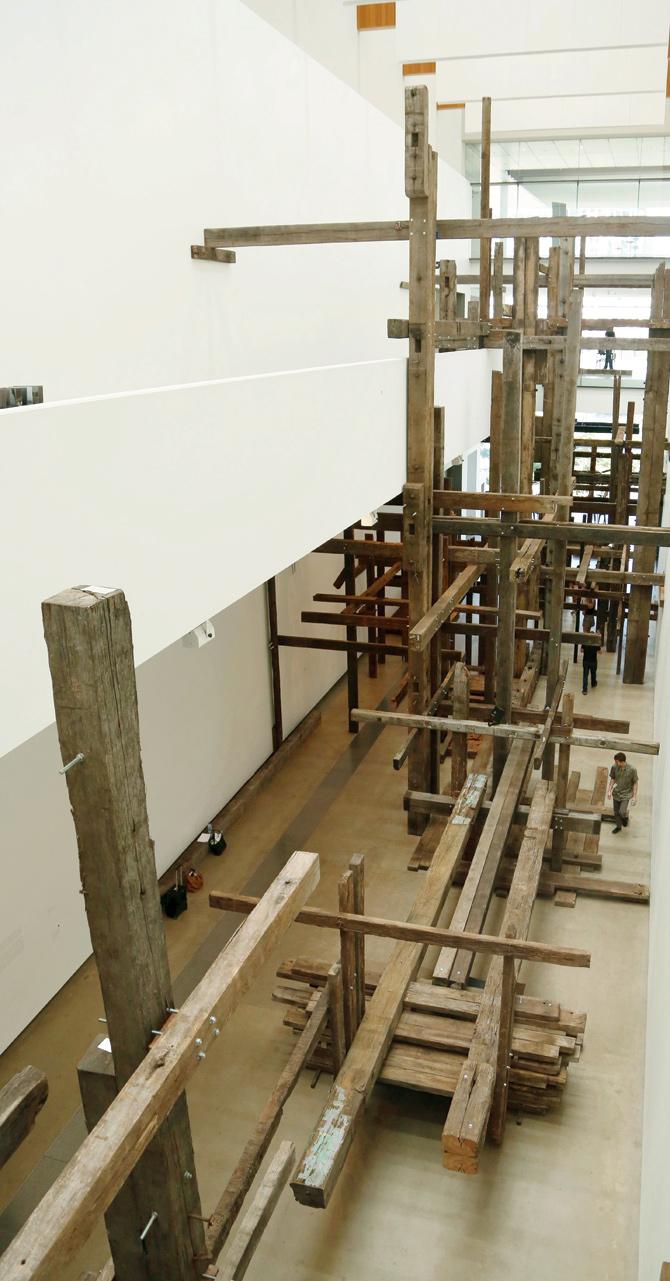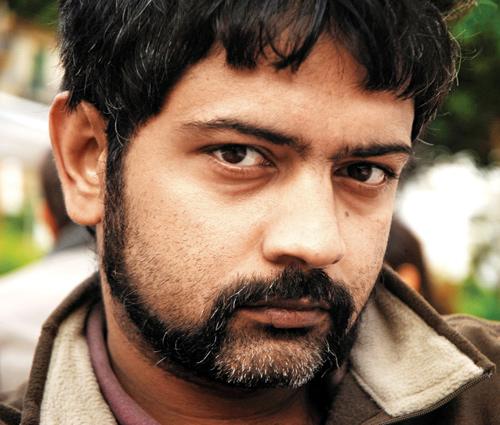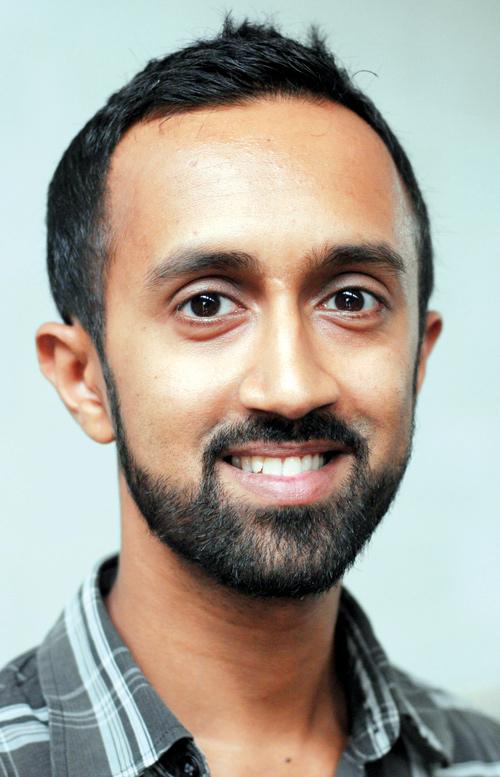Australia has begun looking eastward, with hopes hitched on desi contemporary art

The largest installation at the Asia Pacific Triennial (APT), which opened on November 21 in Brisbane, is a tower of timber, salvaged from mills, piers and wharfs around the city. The tower, exuding a sense of incompletion and angular branches, is titled, All We Leave Behind are Memories. It sounds sentimental, philosophical even, but the tower’s maker Asim Waqif borrowed the line from an Australian demolition company’s tagline. In talks with APT’s curators for the last two years, Waqif’s oeuvre is a statement on the rapid transformation that Brisbane has witnessed in recent years; construction and demolition go hand in hand. When APT concludes, the tower will be torn down, in almost Burning Man fashion, and parts will be returned to the city’s timber yard. But Waqif sounds like a content artist when he explains, "The installation is very contextual and is a take on Brisbane’s construction waste. I wouldn’t make the same one back home in India."
ADVERTISEMENT

Australia is the new frontier for Indian artists, and the art community predicts that the trend is only set to grow in the next two years. The country’s galleries, museums and cultural institutions have turned the lens on the subcontinent, and acquisitions are underway like never before.

Asim Waqif’s installation comments on Brisbane's construction waste. Pic/Asim Waqif
The APT, organised by the Queensland Art Gallery and the Gallery of Modern Art (QAGOMA), is just one such example. The APT first showcased Indian artists in its second edition in 1993, and has been doing so ever since. This year’s edition includes Guwahati's Desire Machine Collective, a folk art show curated by Minhazz Majumdar, and the contemporary performance-video installation of London-based Hetain Patel. "After the experience of Europe and America looked eastwards towards South Asia, Australia is looking westwards at the region through the lens of Asia Pacific, including China and Japan. The contemporary art scene in Australia is younger than in New York, and so it is, perhaps, more open to emerging scenes such as the one coming out of India," says gallerist Mortimer Chatterjee of Mumbai’s Chatterjee and Lal.

Asim Waqif
The culture connect
In September this year, Spring 1883, a contemporary art fair in Sydney, invited Chatterjee and Lal to showcase their artists, alongside galleries from Australia and New Zealand. Gagan Singh’s erotic art, hard to exhibit in the Indian art fair, found ample audiences here as did Hetain Patel’s video work, God is a DJ. "One of the refreshing things about Australia is that it is relatively free of preconceptions with regard to South Asian art. Compare that to France, which was one of the first countries to show Indian contemporary art, which expected the usual tropes of Indian iconography," says Chatterjee. Patel’s new two-channel installation The Jump at the APT shows the artist as Spiderman leaping off a sofa, his saree and sherwani-clad family behind. "It has the rich exoticism of Indian outfits and the pop-culture of Spiderman, along with a Hollywood soundtrack all the way through. Everyone can connect with it," says Patel, alluding to the diaspora in Australia, which he feels is culturally more integrated than in the UK. Patel is keeping his fingers crossed that QAGOMA might be interested in acquiring the work.

Hetain Patel's new two-channel installation The Jump is a part of the APT
Aussie bets on India
The APT is known to acquire works exhibited, some due to the high shipping costs. Museums and galleries seem to lead the way, but the astute Australian collector of Indian art is yet to evolve. Vikki McInnes, founder or director of Spring1883, says, "It has tended to be the case that Indian contemporary art has been presented more than collected. There’s an increasing interest from institutions (and some private collectors). Next year, there is a pretty significant representation by Indian artists at the Sydney Biennale. With activities like these, where we can invite galleries to actually be here representing their artists, things may begin to shift."

Victoria Lynn of TarraWarra Museum of Art thinks emerging collectors and galleriests have found a nascent interest in Indian contemporary art
The Australian cognizance of Indian art and culture goes hand-in-hand with India’s economic muscle, just like China’s, and that India is the third largest immigrant supplier to Australia helps. Victoria Lynn, who has been closely associated with Indian art for 30 years, observes a great keenness and curiosity towards Indian contemporary art. Director of TarraWarra Museum of Art, which showcases Indian artists on an occasional basis, she says, "Emerging collectors and gallerists have found a nascent interest in Indian contemporary art in Australia, and could work on building more relations and exchanges between the two countries." Waqif, while unworried, is not easily convinced. "Some years back, it used to be Chinese art, and now it's Indian. It’s a really fickle art world."
 Subscribe today by clicking the link and stay updated with the latest news!" Click here!
Subscribe today by clicking the link and stay updated with the latest news!" Click here!








